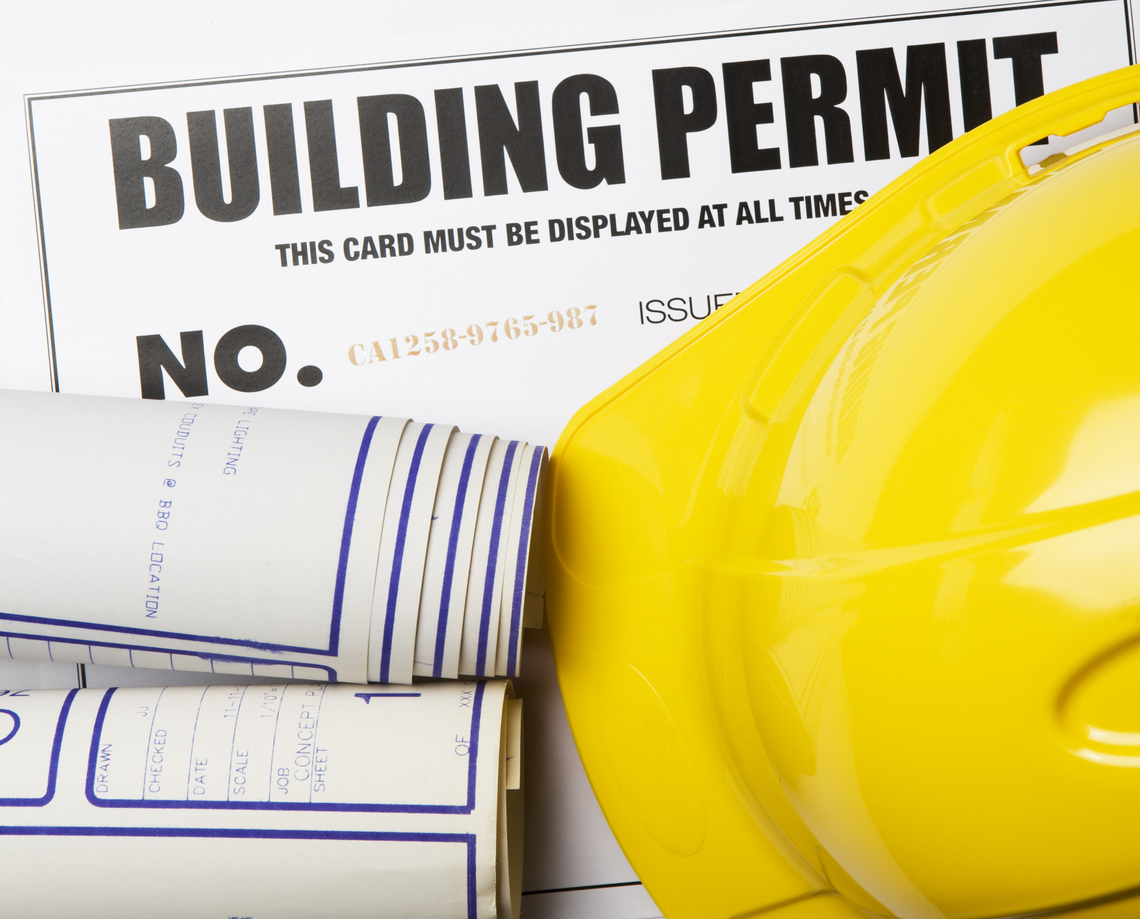Last week I attended the National Association of Public Insurance Adjusters (NAPIA) Annual Convention in Chesapeake Bay, Maryland. Tuesday I spent most of the afternoon with the Board of Directors for the Florida Association of Public Insurance Adjusters (FAPIA) in Ft. Lauderdale. I have been going to NAPIA conventions since I first spoke to that organization in 1985, and I helped form FAPIA in 1993. If there is one trend apparent in both organizations, it is growth. There may be a number of reasons for this including an ever increasing tendency of insurers to not pay benefits which fully reimburse policyholders for their losses.
Motivated and trained claims professionals are needed to help policyholders obtain benefits the insurers are trying not to pay. Some of my insurer colleagues may dispute this, but I have yet to read an internal insurer claims goal which increases the amounts paid to its policyholders. The goals are just the opposite, and the pressure to reduce claims payments is often confirmed by adjusters who leave the insurance industry to become public adjusters.
Tuesday night, I spoke with three former State Farm adjusters. All three spoke of the pressure to handle and close more claims, to closely read the policy language, and to not pay for certain items following disasters before actually adjusting losses. They went so far as to have role playing scenarios where they practiced negotiating techniques which dupe customers into believing the insurer position regarding adjustment is proper. Adjusters should be looking for ways in the policy and facts of the loss to pay more.
Does any policyholder truly have a chance when all the training is geared towards non-payment? One public adjuster talked of going to a Haag Engineering seminar regarding roof damage. These are generally attended by the insurance company adjusters. The Haag trainer opened the seminar claiming that adjusters would learn techniques to pay for little, or possibly nothing, on roof claims where the adjuster would otherwise pay for complete replacement. How insurance companies can repeatedly escape accountability for procuring outcome oriented investigations still amazes me. Most policyholders have no clue that an adjustment is being made for the appearance of good faith, when it is anything but that.
These former insurance company adjusters revealed that all these wrongful activities were culturally accepted as proper. Some admitted they were "brainwashed", by subtle motivation and goal setting on how they paid claims, into thinking they were the guardians of the insurance company treasury. Without exception, I have never met a public adjuster who wanted to go back to the insurance company. They all express much greater job satisfaction as public adjusters and genuinely helping people. To be fair, I see the denials and problem cases. I do not have policyholders calling me when an insurance company adjuster goes out of his way to provide the service required by a good faith adjustment.
I know there are many well-meaning and professional adjusters helping the company customers. I am certain I see mostly the unethical adjusters and not those who do their job ethically. So long as the insurance industry promotes severity control goals and motivates its field adjusters to look for ways to pay policyholders less than what is owed, the public adjuster business will be a brisk and growing industry. In today’s claims environment, every policyholder with a significant loss should consider hiring their own claims professional.



